-
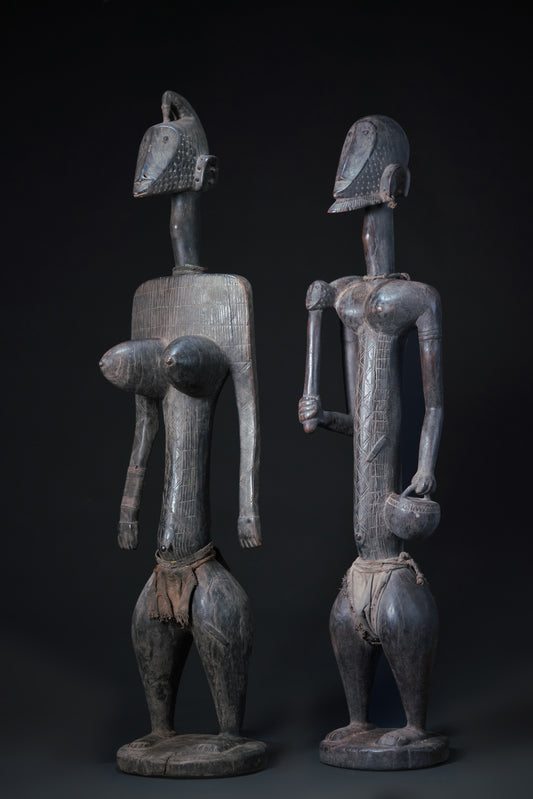
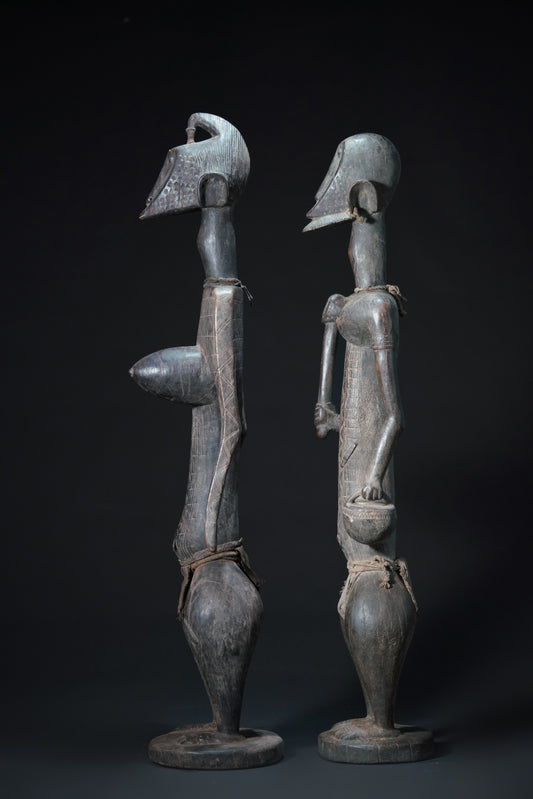 Out of stock
Out of stockA Bamana Couple, The female "Do N'yeleni"
Regular price €6.000,00 EURRegular priceUnit price per -
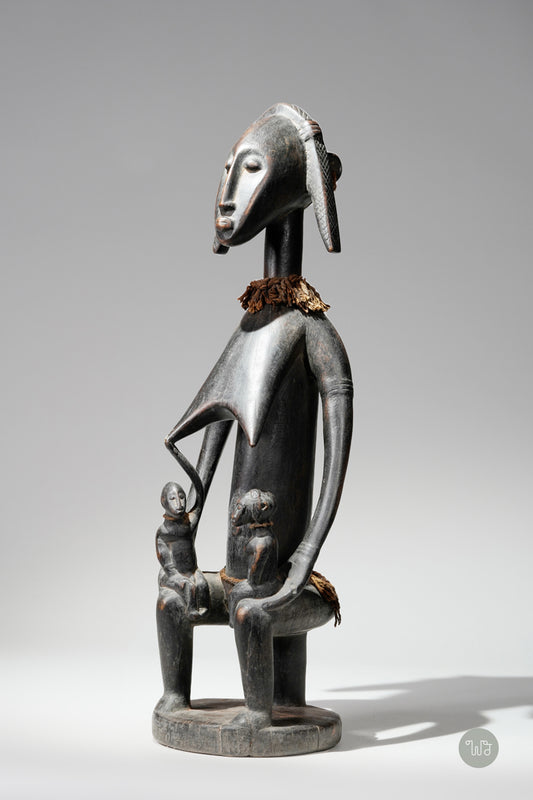
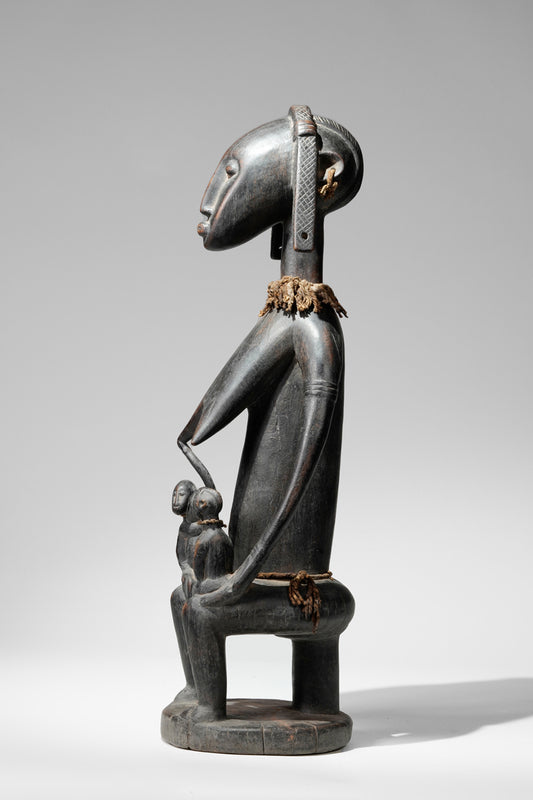 Out of stock
Out of stockA Bamana Maternity
Regular price €2.400,00 EURRegular priceUnit price per -
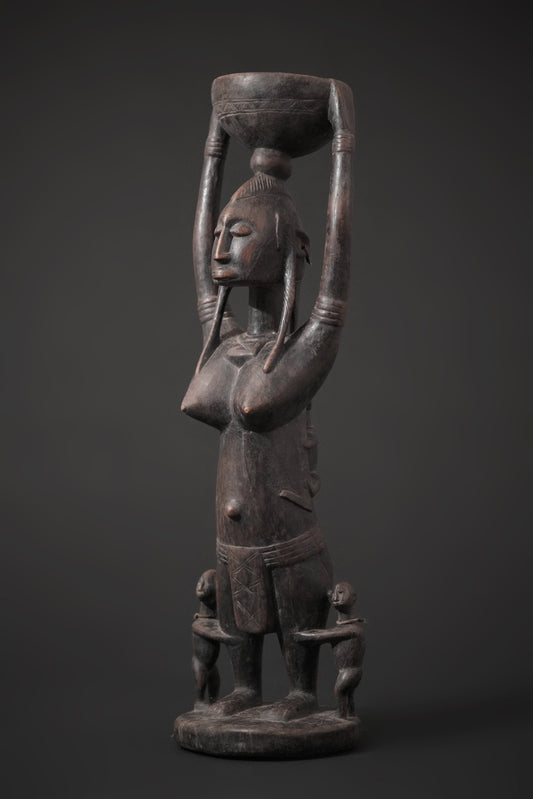
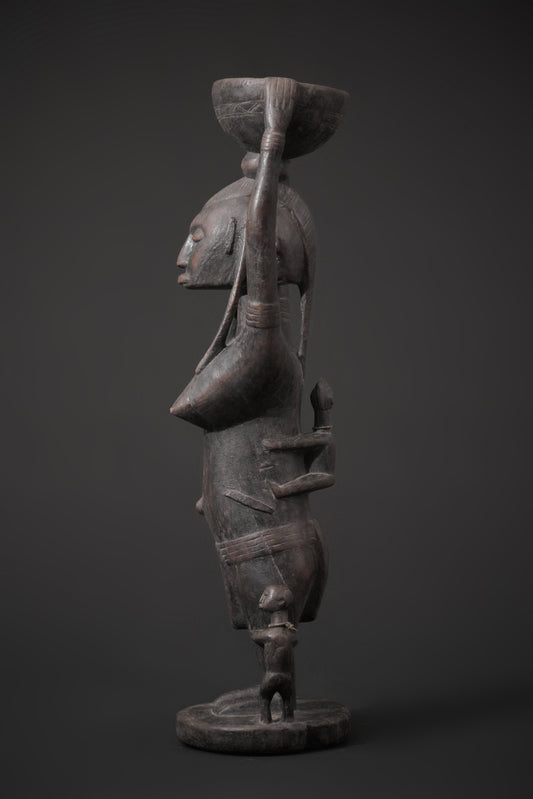 Out of stock
Out of stockA Bamana Maternity
Regular price €1.800,00 EURRegular priceUnit price per -
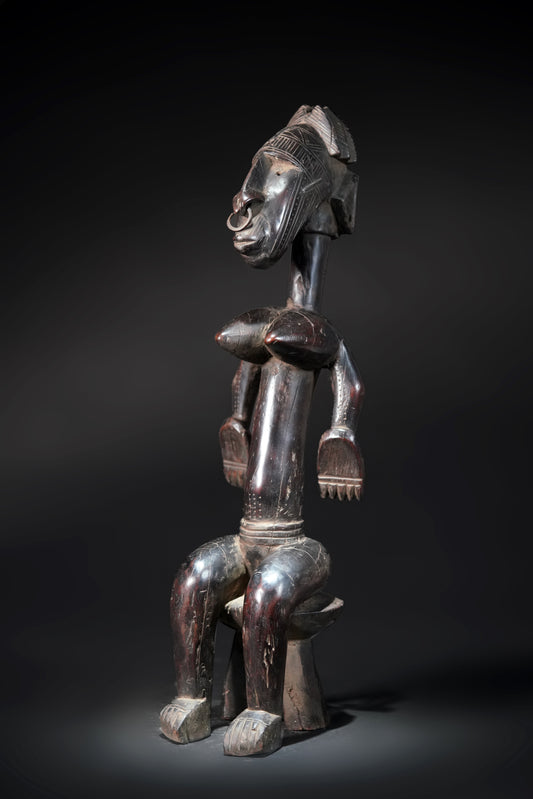
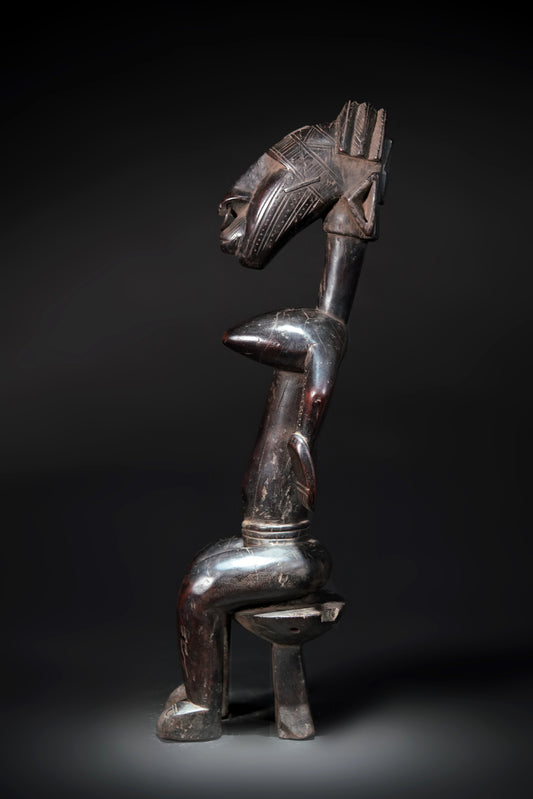 Out of stock
Out of stockA female Kala (Bamana) sculpture
Regular price €800,00 EURRegular priceUnit price per -
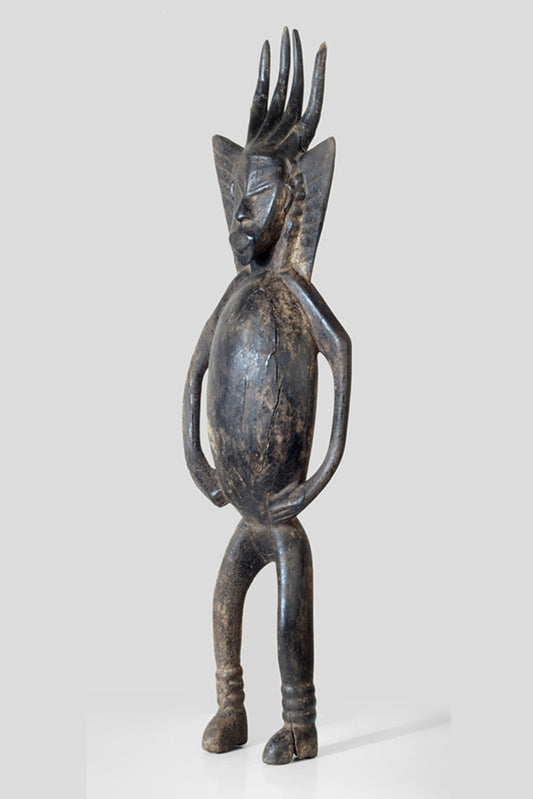
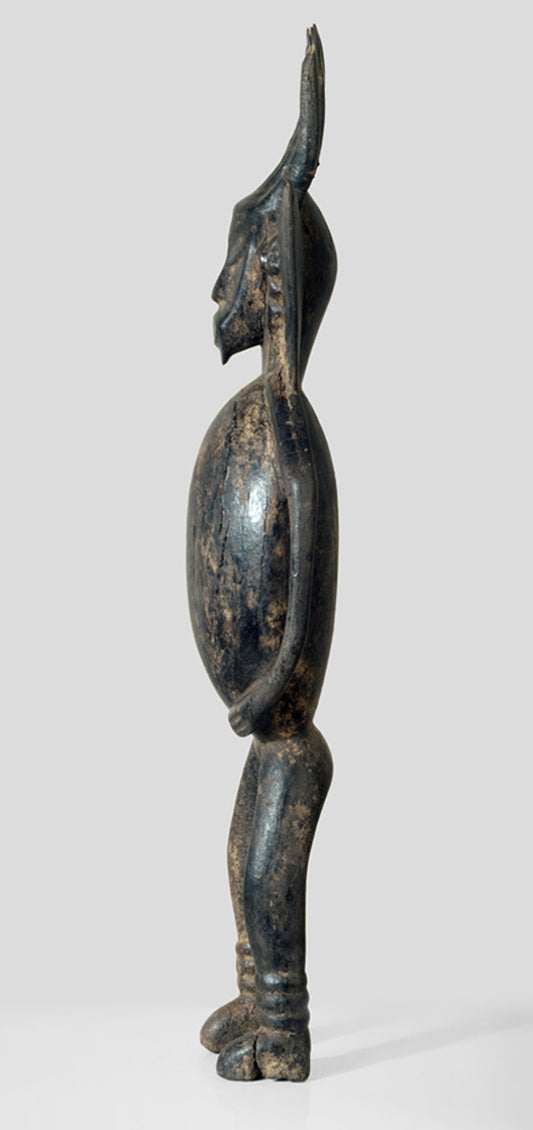 Out of stock
Out of stockAn extremly rare Bamana sculpture
Regular price €900,00 EURRegular priceUnit price per -
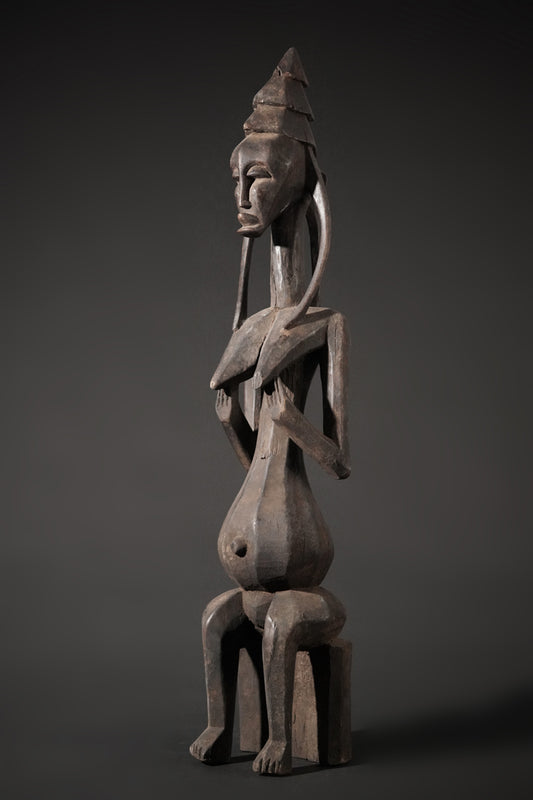
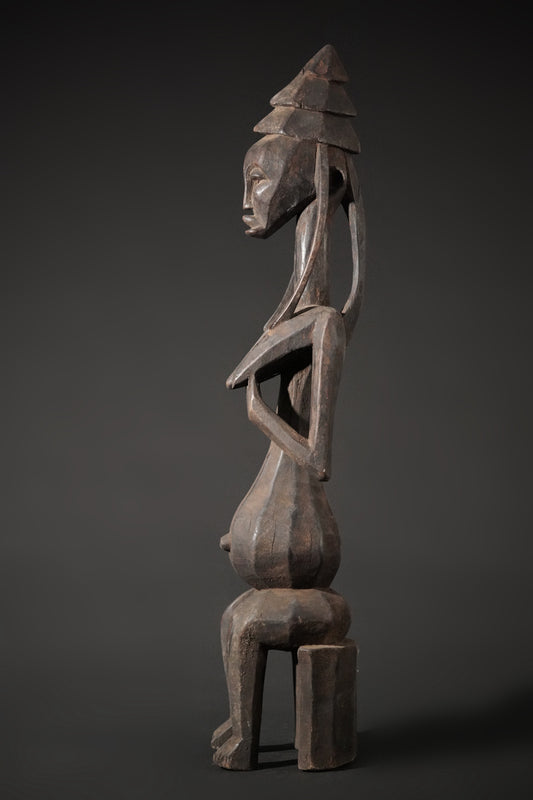 Out of stock
Out of stockA Bamana Gwandusu Araba seated
Regular price €6.000,00 EURRegular priceUnit price per -
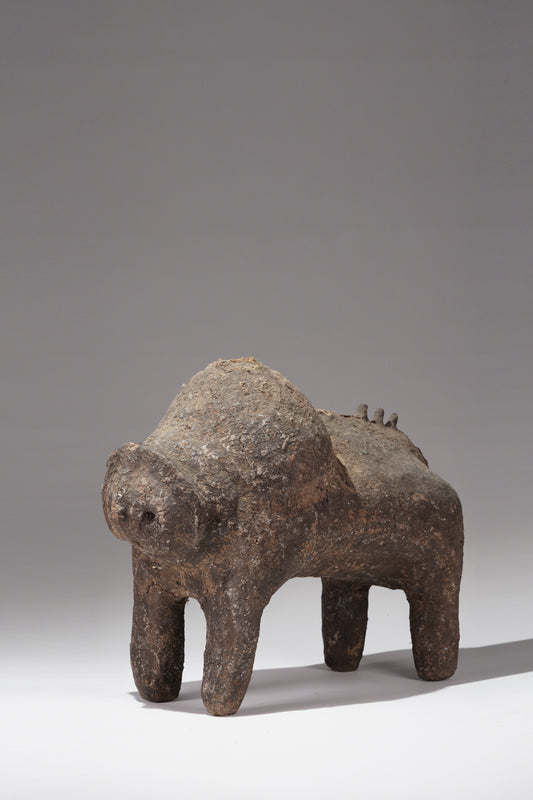
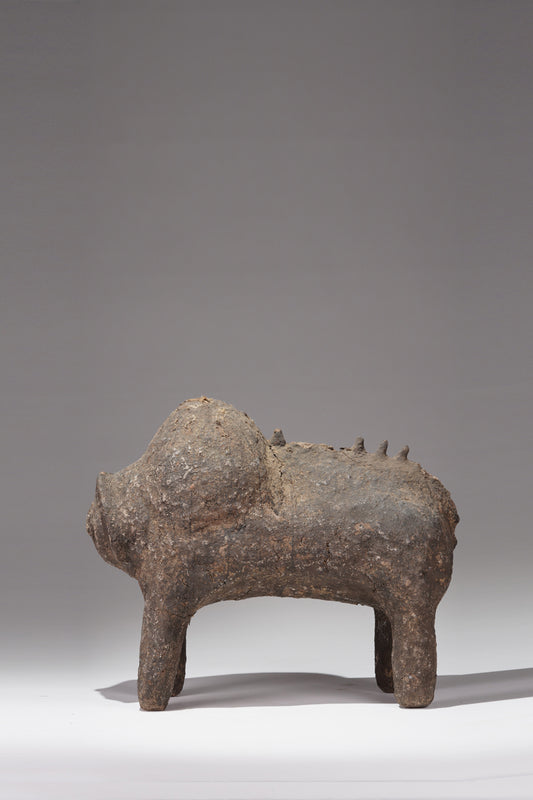 Out of stock
Out of stockA Bamana or Mianka "Boliw"
Regular price €600,00 EURRegular priceUnit price per -
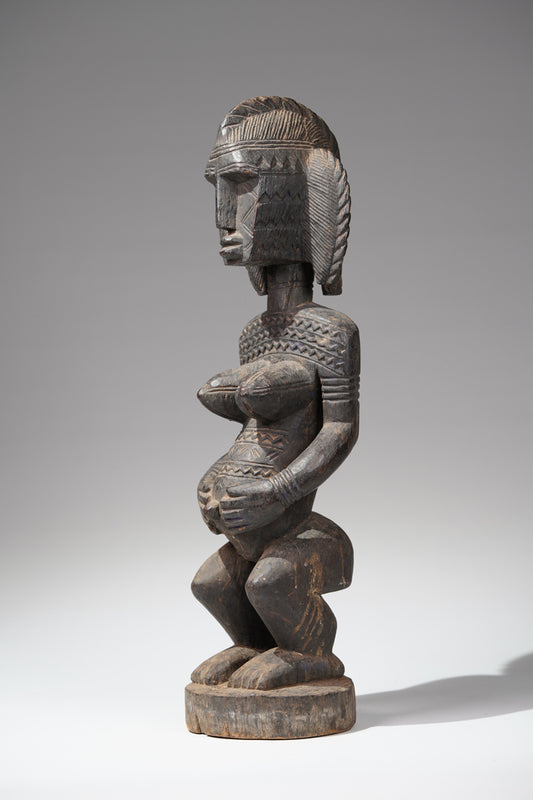
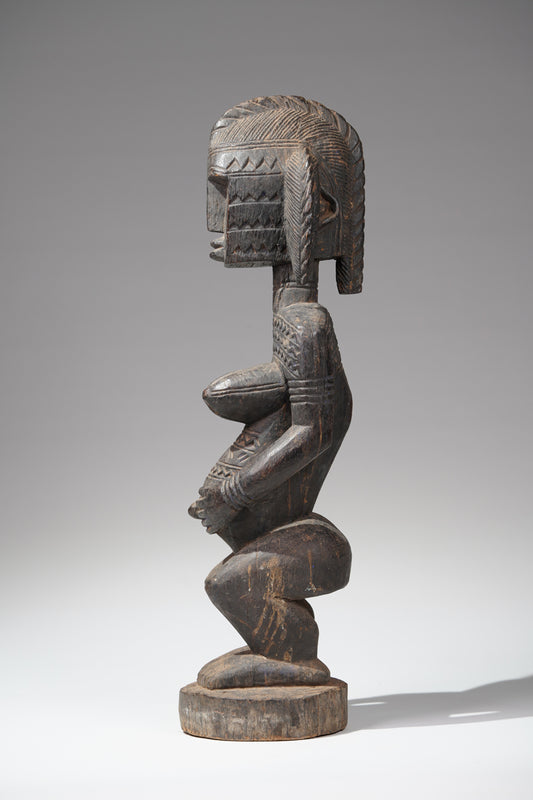 Out of stock
Out of stockA Bamana N'jeleni sculpture from the Diola region
Regular price €800,00 EURRegular priceUnit price per -
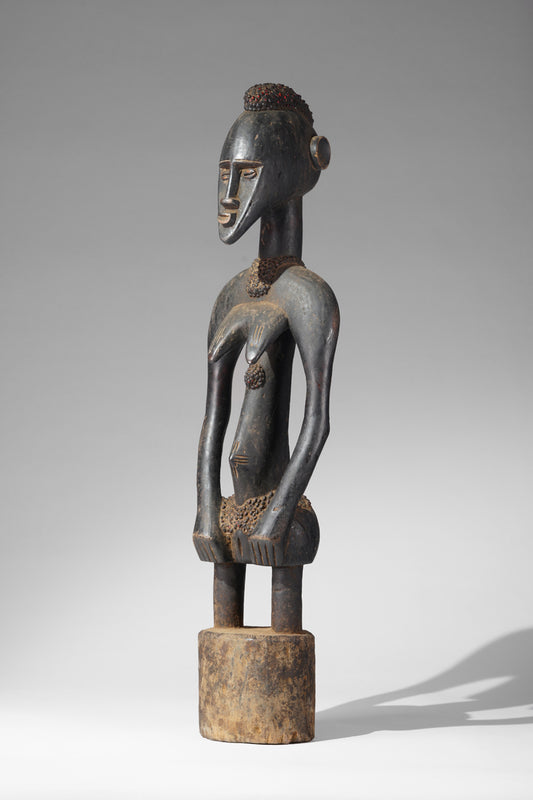
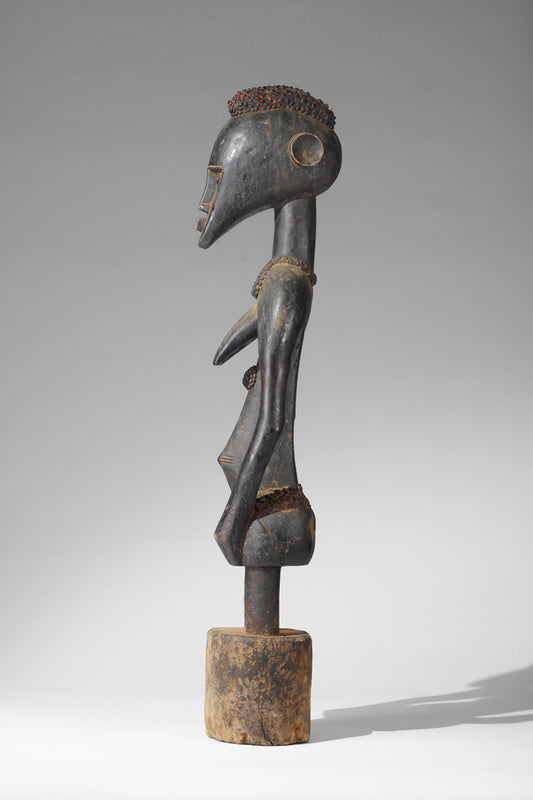 Out of stock
Out of stockA Senufo Rhythmpounder
Regular price €0,00 EURRegular priceUnit price per -
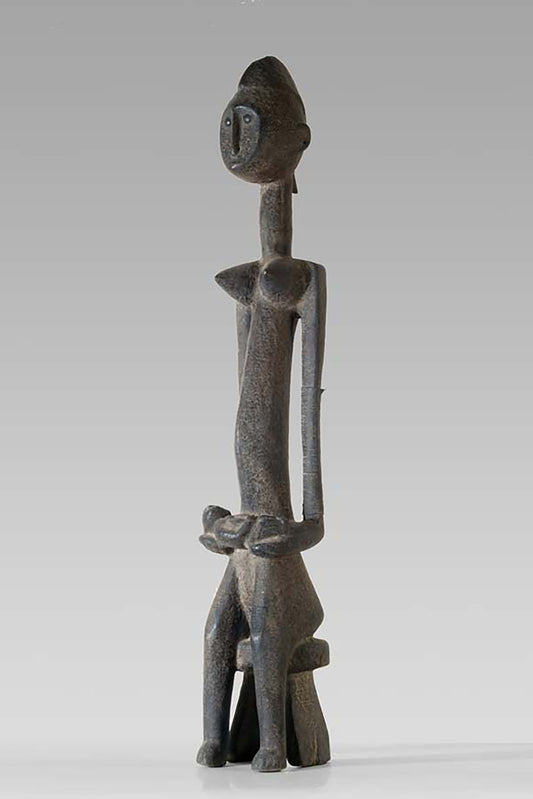
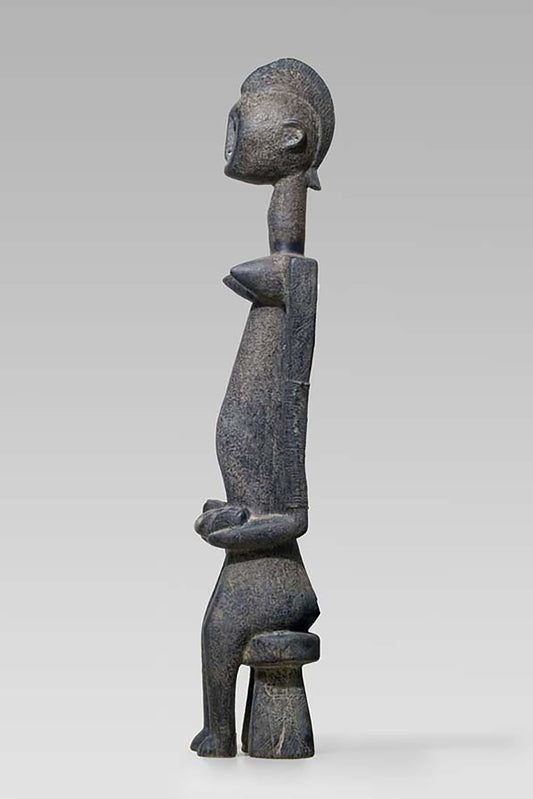 Out of stock
Out of stockA Bamana Maternity
Regular price €0,00 EURRegular priceUnit price per -
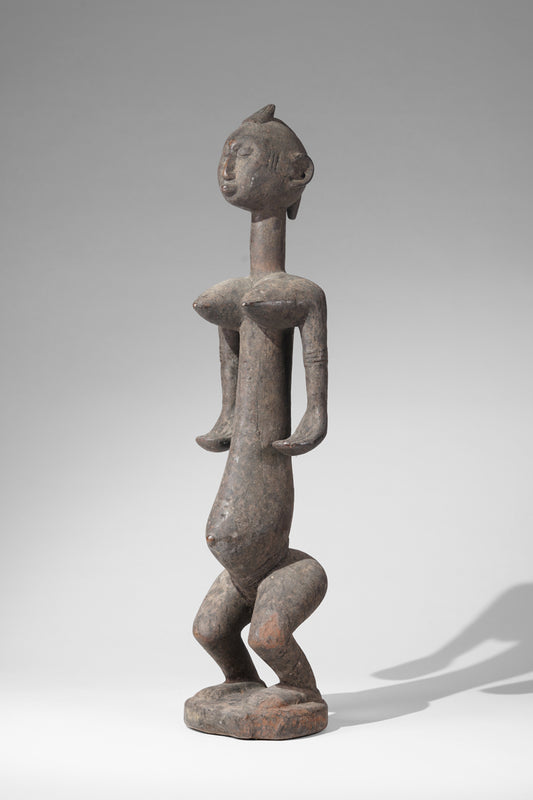
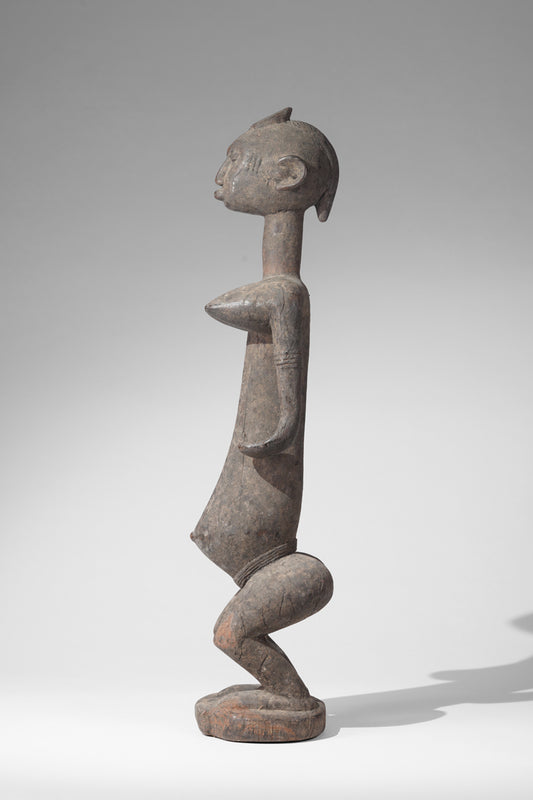 Out of stock
Out of stockA Bamana sculpture
Regular price €242,00 EURRegular priceUnit price per -
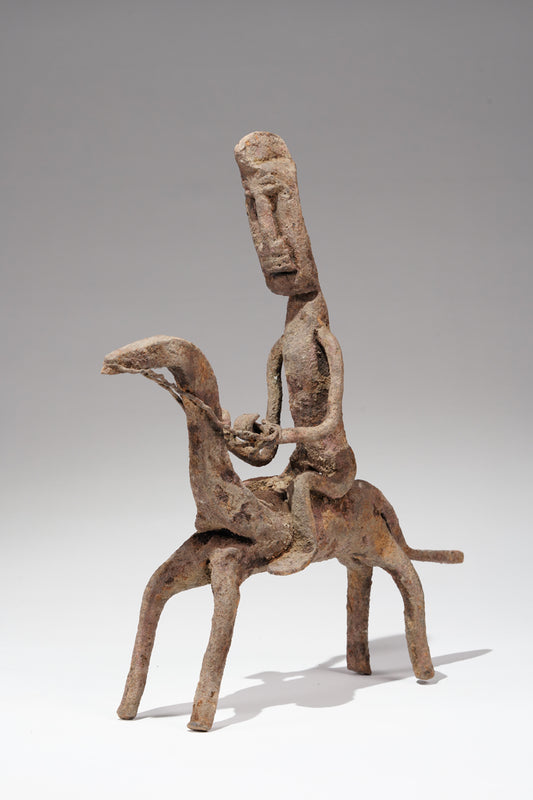
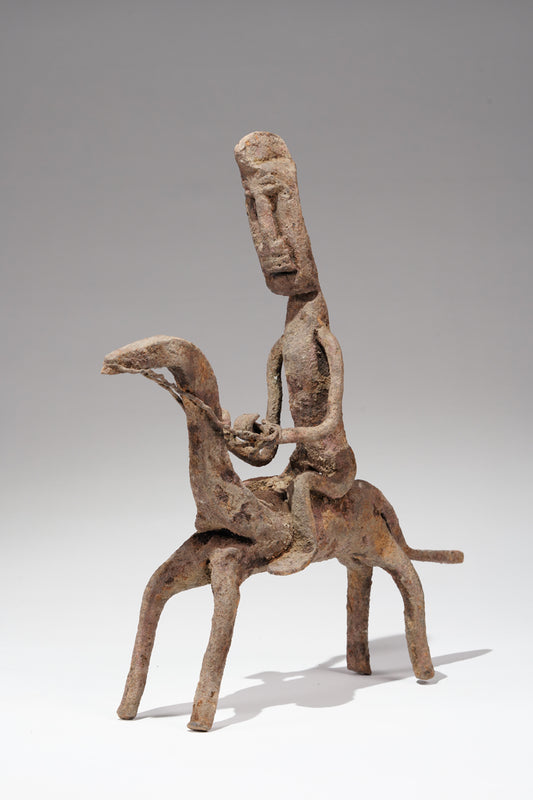 Out of stock
Out of stockA Bamana horse rider, Fer Noir
Regular price €120,00 EURRegular priceUnit price per -
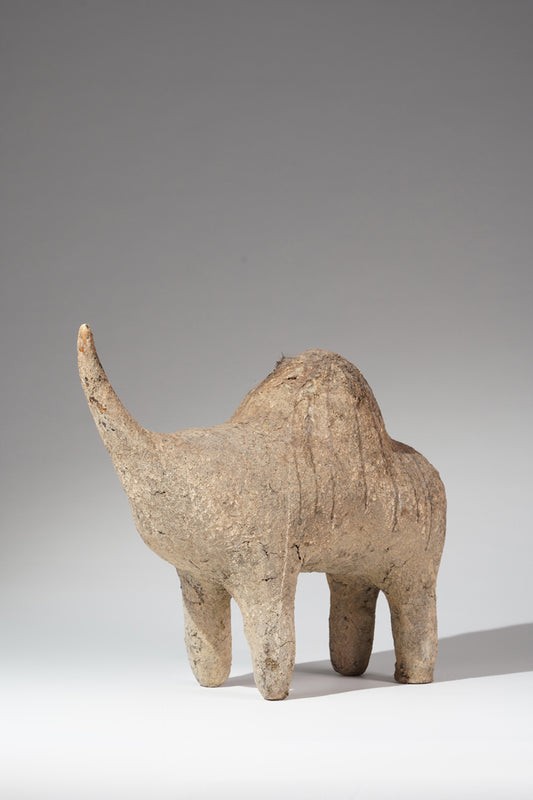
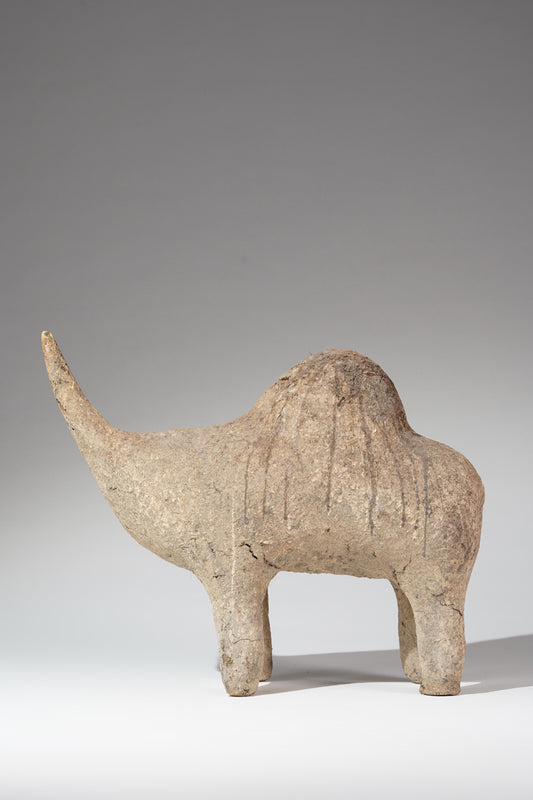 Out of stock
Out of stockA Bamana or Mianka "Boliw"
Regular price €276,00 EURRegular priceUnit price per -
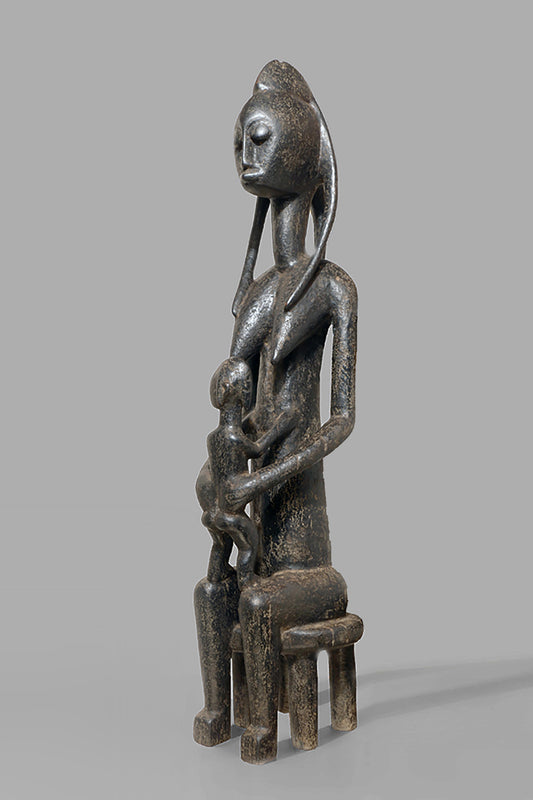
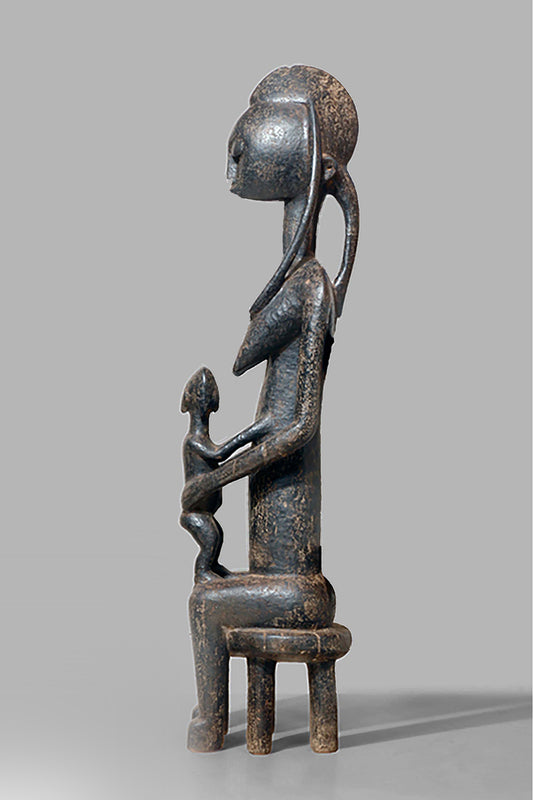 Out of stock
Out of stockA Bamana Gwandusu
Regular price €0,00 EURRegular priceUnit price per -
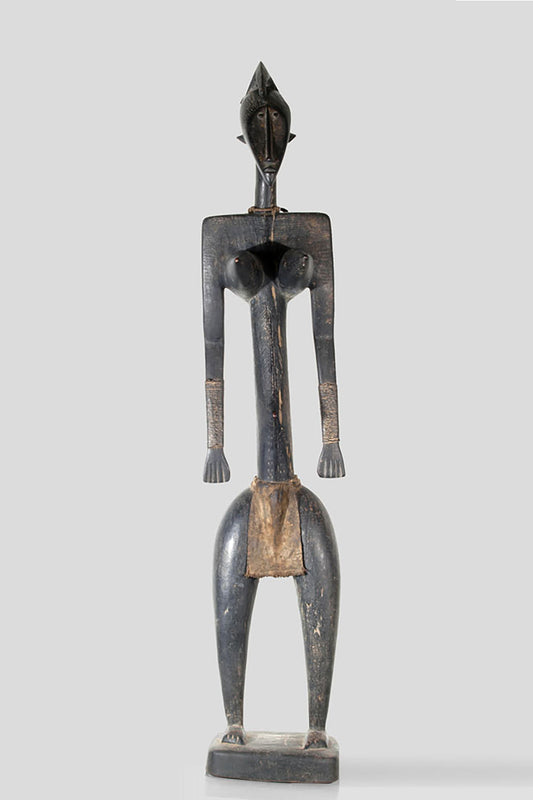
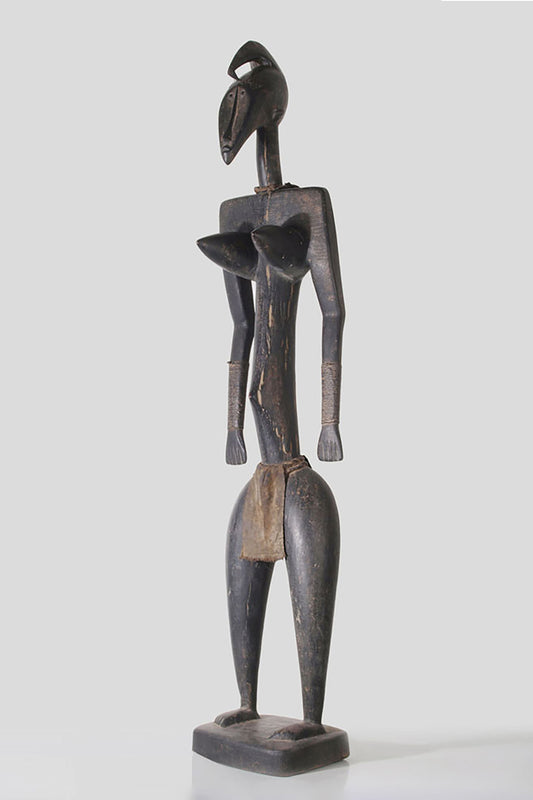 Out of stock
Out of stockA large Do N'jelini
Regular price €0,00 EURRegular priceUnit price per -
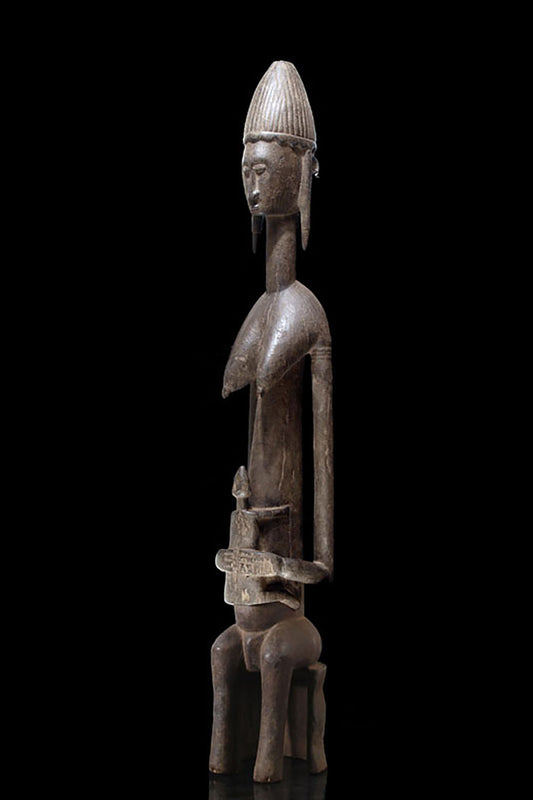
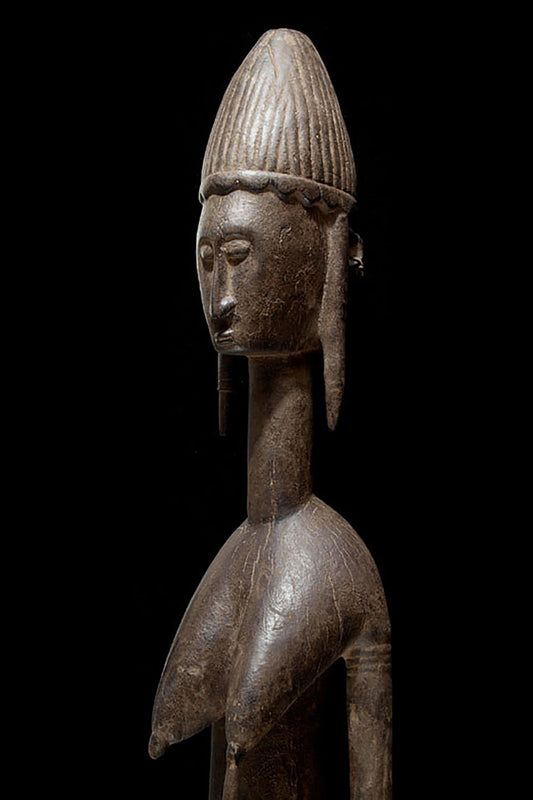 Out of stock
Out of stockA Bamana maternity, Gwandusu
Regular price €0,00 EURRegular priceUnit price per
































